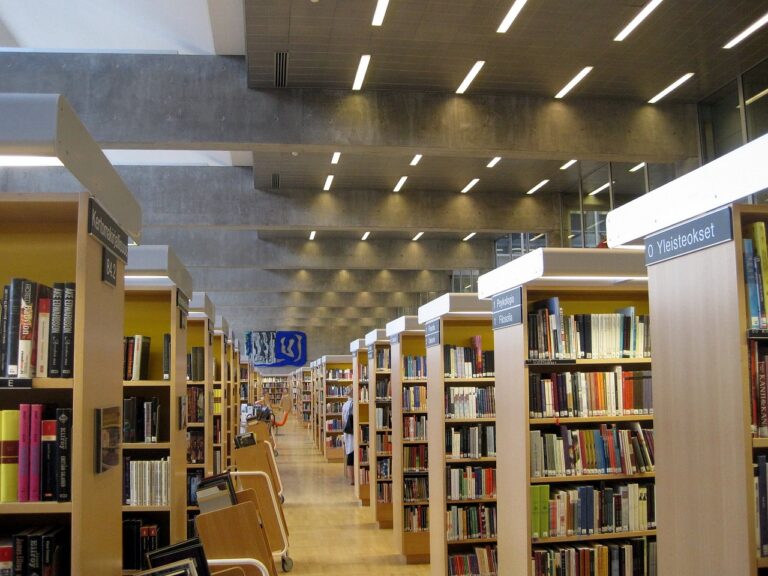Addressing Teacher Shortages in Education
One of the primary difficulties stemming from teacher shortages in education is the increased workload placed on existing faculty members. With fewer educators available to cover essential subjects, the burden on those remaining can become overwhelming. This can lead to burnout, decreased job satisfaction, and ultimately impact the quality of education provided to students.
Additionally, teacher shortages can result in larger class sizes, making it harder for educators to give students the individual attention and support they need to excel academically. With more students to manage, teachers may struggle to address the diverse learning needs within their classrooms, potentially leading to disparities in educational outcomes. Ultimately, the shortage of qualified teachers can pose significant challenges to the overall effectiveness of the education system.
Causes of the Teacher Shortages
One of the key factors contributing to teacher shortages in education is the increasing demand for qualified educators. As student enrollment continues to rise across schools, the need for more teachers becomes a pressing issue. This surge in demand is not being met with a proportional increase in the number of teachers entering the profession, leading to a shortage in many regions.
Additionally, another contributor to the shortage of teachers is the high turnover rate within the profession. Many teachers face challenges such as low salaries, heavy workloads, and limited opportunities for career advancement, prompting them to leave the field. This turnover not only exacerbates the existing shortage but also creates a cycle where schools struggle to retain experienced educators.
What are some challenges of teacher shortages in education?
Some challenges of teacher shortages in education include larger class sizes, increased workload for existing teachers, difficulty in finding qualified replacements, and lower student achievement.
What are the main causes of teacher shortages?
The main causes of teacher shortages include low salaries, high teacher turnover rates, lack of support and resources for teachers, challenging work environments, and changing demographics leading to increased student enrollment.
How do teacher shortages impact students?
Teacher shortages can impact students by leading to decreased academic performance, limited access to quality education, lack of individualized attention, and disruptions in the learning environment.
What can be done to address teacher shortages?
To address teacher shortages, measures can be taken such as increasing teacher salaries, providing more support and resources for teachers, improving working conditions, offering incentives for teachers to stay in the profession, and recruiting more individuals into the field of education.





